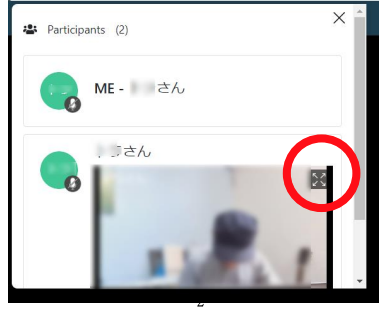Hi, Athir,
I think that best is to use all native libraries, as close as possible to GPU. Clearly it depends what is your goal, but for live streaming I would not suggest Unity Engine or React-Native, efficiency matters and also code size and complexity… This is a small device, I found that every single frame matters if you want to push as much as possible in a second and stitch the lens images at the same time, and do some corrections on the fly, gpu/heat optimization, etc. I would stick with android GLES opengl nothing else and clearly in Theta I would pick Plugin development approach.
Depends what you need, if you need a small device, that can stream in a warm room temperature for at least an hour or hours, without additional equipment, Ricoh Theta Z1 is the best, but only with my plugin for now. You can directly plug it via USB C too and reatream using OBS Studio or vMix, etc, but there it will not run in HDR video quality mode, only through Plugin, via WiFi.
I always prefer WiFi because I don’t like cables and I prefer moving from one place to another, and to be able to stream from anywhere, with proper internet, but without heavy supercomputer. That was my goal, when I started to develop the plugin ~2-3 years back, right after I started my platform project.
I’m thankful to @craig and @jcasman for building this community, without them I would never find Theta devices, also I would probably never start developing my platform, at least for my plans the size and lens quality (hdr) was necessary. I think that this is still the best camera for live streaming, clearly not with the original software. There are other devices too, I still own a Qoocam 8k Enterprise, it provides nice quality live stream, but it’s so noisy, it has an inbuilt vent/cooler, I’m afraid to use is for more than 20-30 minutes, I could literally cook eggs on it’s body, it’s soo hot sometimes.
Also there is insta360 pro2, but weight is about 1800gr compared to Z1 , which is ~180gr, price is also 4x, 5x higher and there are some additional costs and limitations I think when someone wants to live stream in high quality using it.
I suggest you to rent 1-2 devices and try to live stream ,but first try to find real life examples, like this: https://www.youtube.com/watch?v=NrKL3jxOM2w&t=2892s it was done using the plugin I developed, directly streaming from San Francisco, it was a podcast a few days back. This was done with the actual version of my plugin that is available in Ricoh store for free, now I will release soon a better, more complex update, including volume boost on the fly, etc.
When you look at devices, which are streaming through phone, in lot of cases seems for me that the phone is doing encoding of the video and resolution is lower than 4k. In this scenario I think a special driver is used in android and 360 camera is used as external camera device.
Try searchg on YouTube for real life live stream samples for various 360 devices: https://www.youtube.com/watch?v=Kv09Y8_IpnU , https://www.youtube.com/watch?v=CQJ1hAKxzBQ&t=576s , search also for insta360 pro or pro2 live stream on youtube to compare.
This is one of my latest test, using the new version of my plugin: https://www.youtube.com/watch?v=yk1aoj3D8cU
I used a phone cellular network shared as hotspot. I used a dji osmo device attached Z1 for stabilization.

